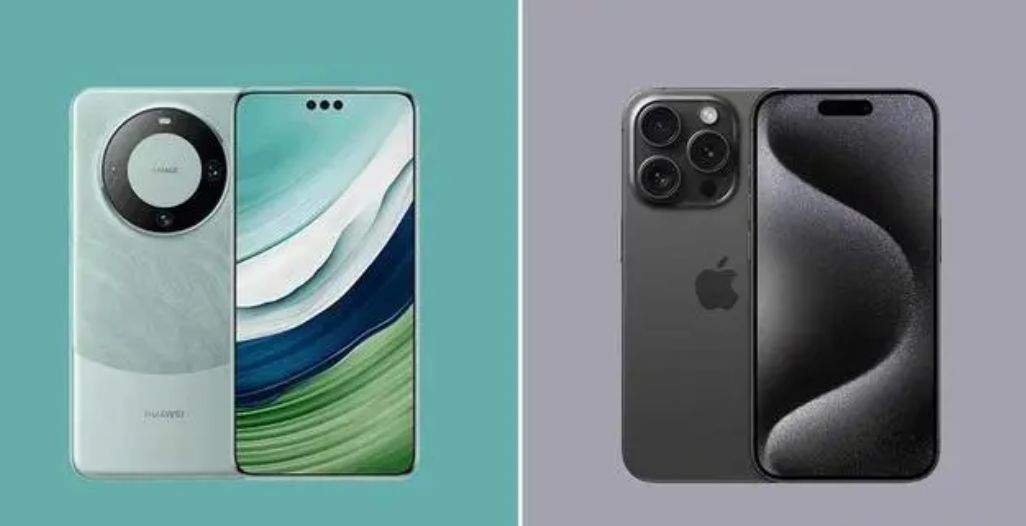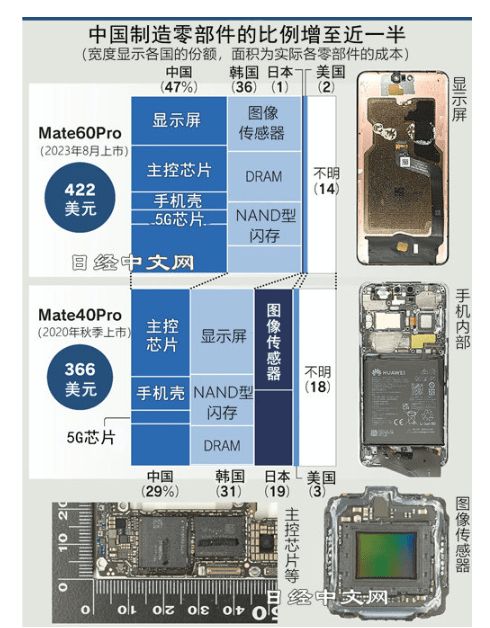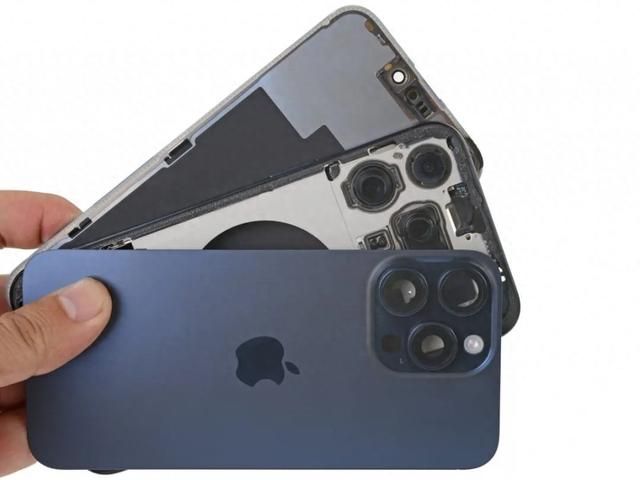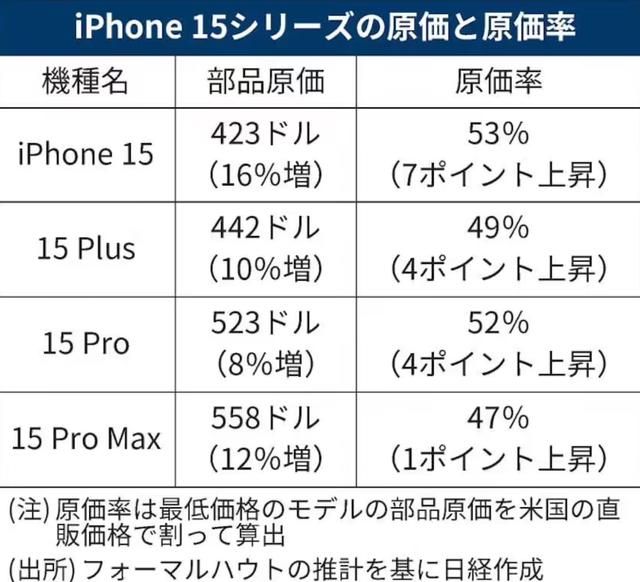The hardware cost is broken down, and who is more profitable between Mate 60 Pro and iPhone 15 Pro
Time : 2023-12-25
Apple in the high-end mobile phone market is challenged by Huawei, may not only product reputation and sales, but also more realistic profitability.
Not long ago, the Japanese media dismantled the iPhone 15 series and Mate 60 Pro phones to check the cost.

Among them, the hardware cost of iPhone 15 Pro is 3833 yuan, and the national version is 7999 yuan; Mate60 Pro parts cost 3,000 yuan, the official website price is 5,699 yuan.
From the point of view of hardware cost alone, Apple's ability to attract money is undoubtedly better. The cost of the iPhone 15 Pro accounts for about 48% of its selling price, earning 4,166 yuan, 1.5 times the 2,699 yuan earned by Huawei's Mate60 Pro.
Chaodian think tank believes that the cost of a mobile phone is not only the hardware, but also the cost of research and development, design, transportation, manufacturing, and publicity.
It is reported that Apple invested 110.3 billion yuan in research and development in the first half of this year; Huawei invested 82.6 billion yuan in research and development, accounting for 26.8% of its revenue, much higher than Apple's 8.9%.
From the share of countries to see the cost of Huawei Mate60 Pro parts, in the range of can be judged, China accounted for 47%, the highest proportion. Compared with the Mate40 Pro, a smartphone of the same price launched by Huawei in the fall of 2020, when the impact of U.S. regulations is still slight, the proportion of Chinese-made components has increased by 18 percentage points.
On the other hand, the share of South Korean companies reached 36 percent, an increase of 5 percentage points compared with the model three years ago.
This means that Huawei Mate60 Pro has achieved most of the pure domestic manufacturing.
It is worth noting that Huawei's smartphone business is currently showing a recovery trend. Relevant data show that from April to June 2023, the share of Huawei mobile phones in the Chinese smartphone market was 13%, which recovered by 6 percentage points year-on-year.
According to Chaodian think Tank, in some time periods in the fourth quarter of 2023, Huawei mobile phones have returned to the first place in the Chinese market.
It is reported that the cost of the iPhone15 series has increased by about 8-16% compared to the previous generation.
The cost of iPhone 15ProMax increased by 12% compared to the previous generation, the screen cost was 10% higher, the titanium alloy frame cost was 43% higher, the A17Pro bionic processor cost was 27% higher, the image module component was directly higher than 380%, and the comprehensive cost accounted for 47%.

In other words, the starting price of the iPhone 15ProMax national version is 9999 yuan, the cost is less than 4700 yuan, and the top version is 13,999 yuan, considering that the storage cost can not have a thousand yuan gap, the cost is not expected to exceed 6,000 yuan. The main reason for this cost increase is from the upgrade of the image module, Apple for the first time to use a latent telephoto lens, coupled with the difficulty of the four-prism system, so the cost increase is more obvious, and it is expected that the next generation of products will be improved.

Among them, the iPhone15Pro cost increased the lowest, only up 8% compared to the previous generation, because the phone has not been upgraded much other than the chip and titanium alloy frame. On the contrary, the cost of iPhone15 and iPhone15 Plus rose by 16% and 10% respectively, the two mobile phones switched from Liu Hai screen to smart island design, and the rear image module was also improved, Apple needed to separately open up the "60Hz refresh rate Smart Island screen" performance, rather than downgrade the previous generation of product screens, the cost is certainly not too low.

At present, the manufacturing cost of the standard version of the iPhone 15 is about 3100 yuan, and the national version is priced at 5999 yuan, which is about 53% of the price, becoming the highest proportion of hardware costs among the four mobile phones.


